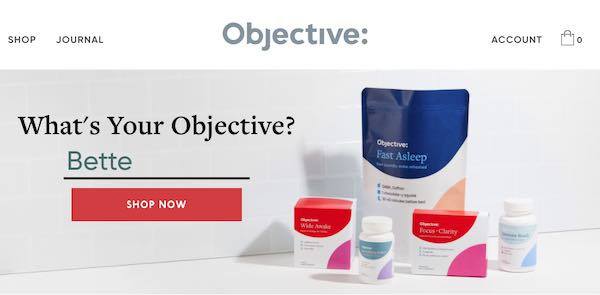Selling directly to consumers online is no longer just for start-ups. As brick-and-mortar sales decline because of Covid-19 and store closures, established brands are changing their business model and focusing on digital sales.
Even before the pandemic, the traditional model of manufacturers selling to wholesalers who then sold to retailers was faltering.
It used to be taboo for manufacturers to compete with retailers that sold their products. But in the last 20 years ecommerce has chipped away at retailers’ dominance. So many chains have declared bankruptcy or reduced the number of stores, brands now see no downside to either opening their own brick-and-mortar stores or selling directly to consumers online.
CPG Brands
Brands selling consumer packaged goods, in particular, are focusing on ecommerce. Over the past year, many consumers embraced buying directly from manufacturer websites because stores ran out of many CPG products such as toilet paper, disinfectant, and hand sanitizer.
Last year at the height of the pandemic, Pymnts.com and subscription management firm Sticky.io conducted a survey, finding that 54.6 percent of consumers were using direct-to-consumer channels to purchase consumable products or nonperishable items.
The survey showed that DTC use is highest among younger consumers — 67 percent of millennials use brands’ websites and physical stores to purchase CPG, compared to 41 percent of seniors. Seventy-three percent of consumers who used DTC ecommerce during the pandemic indicated that they would likely continue. The most common reason was the ability to find a full range of products in stock.
CPG companies devote substantial resources to market research — examining package color, in-store shelf placement, taste, fragrance, product performance, and more. The research is mainly product-focused, as brands lack customer data that is often collected by retailers. Selling directly to consumers gives CPG companies access to valuable info about their buyers.
Selling directly also affords brands the opportunity to expand their marketing efforts with loyalty programs, discounts, and email marketing, among other tactics.
Moreover, brands can engage on social media sites with millennials (birthdates: 1980s to late 1990s, roughly) and Gen Z consumers (birthdates: late 1990s to early 2010s), who rely on those channels for product information. According to research by Social Media Link, millennials are the top consumers of DTC brands in the food, beverage, and nutrition category.
Clorox
Clorox has taken a hybrid approach to DTC, using acquisitions (Nutranext, a manufacturer and distributor of dietary and nutritional supplements) and creating a new brand of wellness products (Objective) with its own website. Clorox has also implemented a DTC strategy for its existing brands such as Brita (water filters) and Burt’s Bees (personal care goods).
Those brands’ fastest-growing age segment is millennials, whose pandemic purchases helped Objective experience a fourfold increase in year-over-year sales.
Clorox now uses Looker, Google’s data analytics platform, to help manage customer data and understand the purchase process.

Objective is Clorox’s new brand of wellness products.
PepsiCo
PepsiCo is one of the latest major CPGs to go DTC. PepsiCo debuted two sites in May 2020 — PantryShop.com and Snacks.com — that feature brands such as Frito-Lay, Quaker, and Gatorade.
The company, which had already beefed up its online presence, created the sites in 30 days. The two sites sell bundles of products based on online demand data and affinity research. Pepsi continues to sell beverages through third-party websites such as Amazon and Walmart.

PepsiCo launched PantryShop (shown here) and Snacks.com in May 2020 in less than 30 days.
Nike
In November 2019, Nike stopped selling its goods wholesale to Amazon. The company was displeased that many unauthorized sellers continued to sell its products on Amazon’s marketplace. By that time, DTC comprised 30 percent of Nike’s sales, a percentage it had once expected to reach in 2023. The company also determined that selling directly to consumers is more profitable than through wholesale channels.
During the quarter that ended in June 2020 — when lockdowns were ubiquitous — Nike’s direct online sales grew by 75 percent year-over-year to just under $2 billion. The company was well-prepared for the direct online surge.
In the previous three years, Nike had purchased two data-analytics firms to measure and track ecommerce shoppers. On its website, Nike offers targeted pandemic-related discounts to first responders, healthcare professionals, and students.





